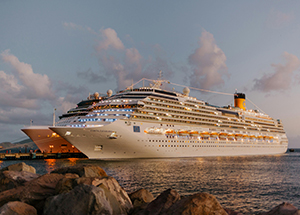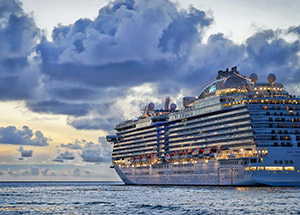Did you know you can celebrate Christmas in Australia in summer? The sixth largest country in the world, Australia, has 7 different climate zones: equatorial, tropical, savanna, subtropical, Mediterranean, arid, and oceanic climates. Famous for its heavenly nature, magnificent wildlife, snowy Alps, gorgeous beaches, iconic sites, sandstone formations, and lavender blooms, this colossal country requires intense planning. There are endless reasons why you can visit Australia, and its fabulous weather is one of them. It has a varied landscape, from dry deserts to lush rainforests, so expecting an array of weather comes naturally.
Each season in Australia brings its own charm. To study in depth, here is a look at the monthly weather, seasonal variations and the best time to visit Australia.
Best Time to Visit Australia

Australia is located in the south of the Southern Hemisphere, so there are a lot of weather differences compared to the Northern Hemisphere countries. Seasons are the other way around here. Depending on your list of things to do in Australia, you can plan and book the tickets accordingly. Here is a quick guide to seasonal conditions:
Winter (4°C to 18°C)

If you are used to experiencing snowfalls in December and January, get ready for a dramatic turn in the country of kangaroos. Winter in Australia falls from June to September. Temperatures rarely fall below freezing point, especially in the northern hemisphere and coastal areas. Some parts of Australia may experience extreme cold waves. Sydney receives heavy rainfall, and Melbourne is cold and cloudy. It is the right time for skiing and hiking.
Summer (23°C to 28°C)
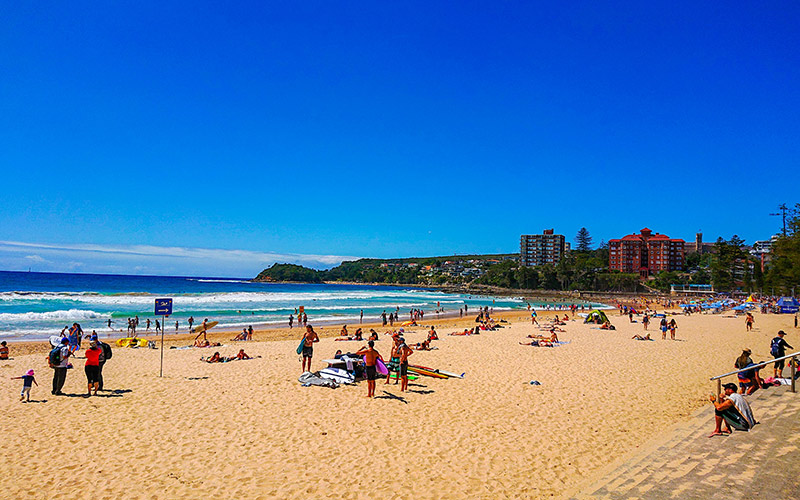
The warm, sunny days of Australian summer are ideal for beach fun and watersports. Slap some sunscreen on your face and body and drink warm-weather refreshers, such as mojitos. Attractions are packed with tourists and locals, accommodation rates soar, and the weather is in your favor. You can scape the southern heat and explore the lush rainforests of North Queensland, or dive into the colorful underwater life of the Great Barrier Reef.
Spring (20°C to 24°C)
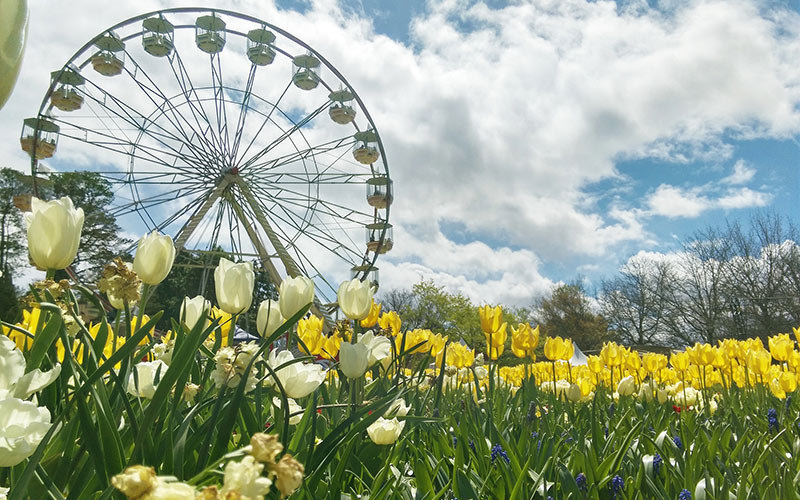
Spring is the best time to visit Australia for someone who still can’t make out between summer and winter. From September to November, you can visit national parks, such as like Kings Canyon or Uluru-Kata Tjuta National Park. Enjoy a vibrant display of wildflowers blooming across the country and go hiking without facing extreme weather conditions.
Fall (17°C to 19°C)
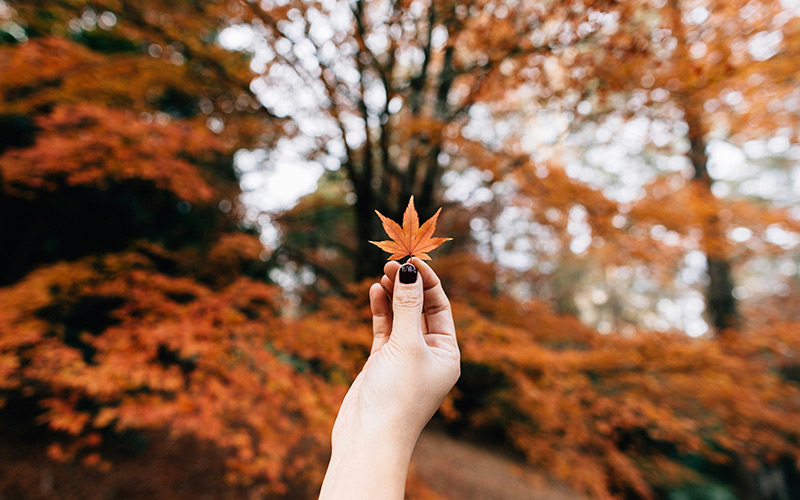
Another great time to visit Australia is the fall season. From March to May, the satisfying weather conditions and smaller crowds make touring around a comfortable experience. Fall paints Australian cities in warm hues. Enjoy outdoor dining, stroll through vibrant farmers markets, or take a scenic bike ride. During the fall, don’t forget to trek through the lush rainforests and wildlife sanctuaries.
Peak Season in Australia
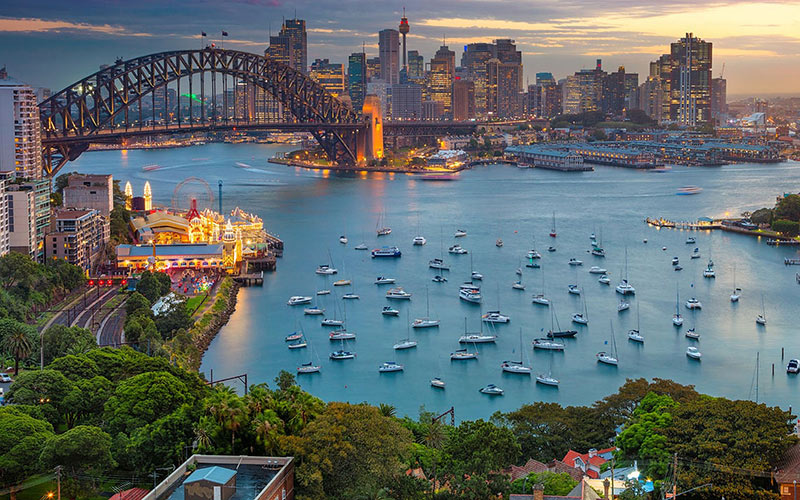
December to February experiences a rush of tourists; the decent temperatures and clear skies offer a wonderful time to indulge in city tours, road trips, beach sunbaths, and winery visits. To avoid this crowd, you can plan a trip in the winter, from June to September. It’s the tourists’ least favorite season. Other seasons to curb the mass are spring and fall, the unofficial shoulder seasons.
However, the northern coastline, home to the Great Barrier Reef, has the most pleasant daytime temperatures from April to September. At major attractions, you must book in advance; otherwise, you will have to elbow your way through the crowd. And so reversely, its low season is summer, as the city of Cairns and Red Centre can be extremely hot and humid. In case, you are traveling on a budget and prefer the summers, be prepared with your sunglasses and sunblock to take the heat.
Monthly Climate of Australia
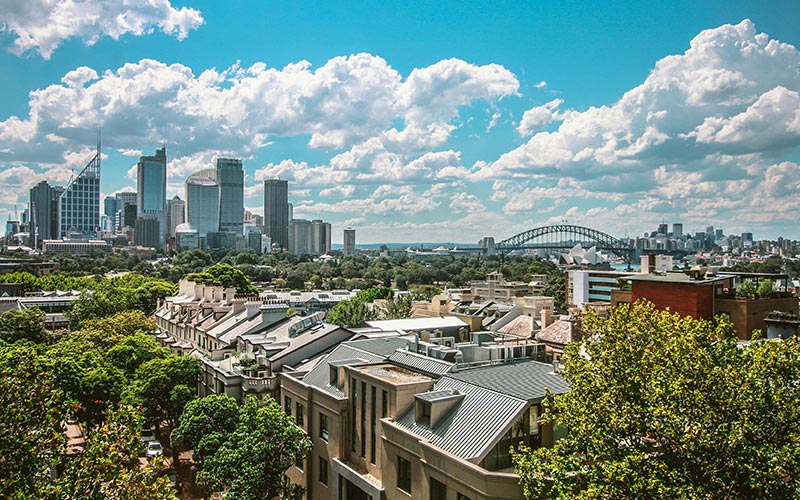
January
Boasting warm weather and plenty of sunshine, Australia in January is bliss. Catch the biggest New Year celebrations at Sydney’s New Year fireworks. Do expect larger crowds at popular destinations. In this hot and wet season, visit Kakadu National Park, go surfing, and witness a world-class Australian Open tennis championship.
February
Long summer days and cool nights highlight the weather of Australia in February. It is a wonderful time to stargaze in the Outback, explore the rock formations of Uluru, and experience evening camel riding across the sunset.
March
Autumn arrives, bringing a welcome cool-down across most of Australia. The North experiences the decline of the wet season, with comfortable temperatures. The South enjoys mild days and crisp nights. March through April, get ready to enjoy one of the most exciting things to do in Melbourne, Formula Grand Pix. Later, head to Adelaide for the Fringe Festival and enjoy fascinating regions like Barossa Valley.
April
The crowds start to thin out a bit after the summer rush, and there are still plenty of things to see and do outdoors. Go whale watching off the coast of Western Australia for a chance to see humpback whales migrating north. Explore the Ningaloo Reef, a World Heritage Site known for its manta ray encounters.
May
It is unofficially the entry of dry season in northern Australia, perfect for road trips. Pleasant autumn weather conditions tiptoe, allowing people to go for wine tasting, enjoy a scenic hike, and attend cultural festivals.
June
It is the best time to visit Sydney for outdoor activities. You can also find some good deals on flights and accommodations during this time. Head to the snowy mountains of New South Wales, Victoria, and Tasmania for some thrilling skiing or snowboarding adventures. If you’re looking to escape the winter chill, head to tropical regions like Cairns or Darwin.
July
One of the biggest concerns while traveling to Australia is its expensive airfares. In July, get a sigh of relief with cheap tickets. It is a great time to experience vibrant winter festivals in cities like Melbourne and Adelaide. Winter arrives in full force in the South, with average highs ranging from 10°C (50°F) to 14°C (57°F). There can be occasional rain and even snow in the mountains.
August
With a stronger potential for snow in the Alps, winter in Australia is a beautiful time to visit. From the calm waters of the Great Barrier Reef to Outback Adventure, August in Australia marks the near end of winter in the southern parts of the country and the peak of the dry season in the tropical north. Spring starts to peek through in some parts of southern Australia, with beautiful wildflower displays in regions like Namaqualand and Western Australia.
September
As the winter is about to depart, spring sweeps in. Although the sunshine keeps increasing and the temperature gets warmer, it is ideal for nature walks. Explore the remote paradise of Lord Howe Island, known for its stunning natural beauty and limited visitor numbers. Enjoy snorkeling, diving, or relaxing on pristine beaches.
October
October brings sunshine and warm days across most of the country. Spring is a great time to take a walk in the Royal Botanic Gardens. The crowds start to pick up a bit in spring, but they’re still not as busy as in summer. Enjoy the comfortable spring weather with outdoor activities like hiking, biking, or exploring national parks.
November
November brings warm days and cool nights to southern cities like Melbourne, Sydney, and Adelaide. Witness the annual whale migration along the Western Australian coast. Celebrate the arrival of spring with vibrant flower festivals held across the country, and indulge in nature at Grampians National Park.
December
Summer comes with buzz and festivities. While the rest of the world bundles up in layers, Australia goes for a walk along coastal cliffs. At the end of December, the country organizes Boxing Day (26th December), which is marked as an official holiday. It is also the time when schools and workplaces close, so Aussies are venturing out to popular holiday spots.
How to Visit: Australia Visa
Australia welcomes visitors with a variety of visa options depending on your purpose and length of stay. Australia tourist visa is a popular choice, allowing stays for up to 12 months with the option for multiple entries. Another choice is an Australia visit visa, which allows you to travel for family visits, medical reasons, or educational tours. Electronic Travel Authority (ETA) visas offer a simplified application process for passport holders from specific countries for shorter visits. Remember, visa requirements can change, so it’s crucial to check the latest rules and stay in touch with a local agent.
FAQs
1. When is the best time to visit Australia for the beach?
From December to February, summer in Australia is the best time to visit for beach activities.
2. When is the best time to visit the Great Barrier Reef?
The Great Barrier Reef can be visited year-round. From April to October, visibility is high, and there is minimal rainfall.
3. Which season to avoid to visit Australia?
While visiting Australia, remember that the North’s wet season (November-March) can bring heavy rain and potential cyclones. Also, the South experiences its coldest weather during winter (June-August). So, plan well.
4. When is the best time to visit Australia to avoid crowds?
To avoid crowds, consider visiting during shoulder seasons such as fall (March to May) and spring (September to November). These months offer pleasant weather and fewer tourists compared to the peak summer season. Winter is the low season in Australia.
5. When is the best time to visit Australia for outdoor activities?
Outdoor activities are best enjoyed during the milder seasons of spring (September to November) and fall (March to May), when temperatures are comfortable for hiking, snorkeling, diving, and other adventures.

